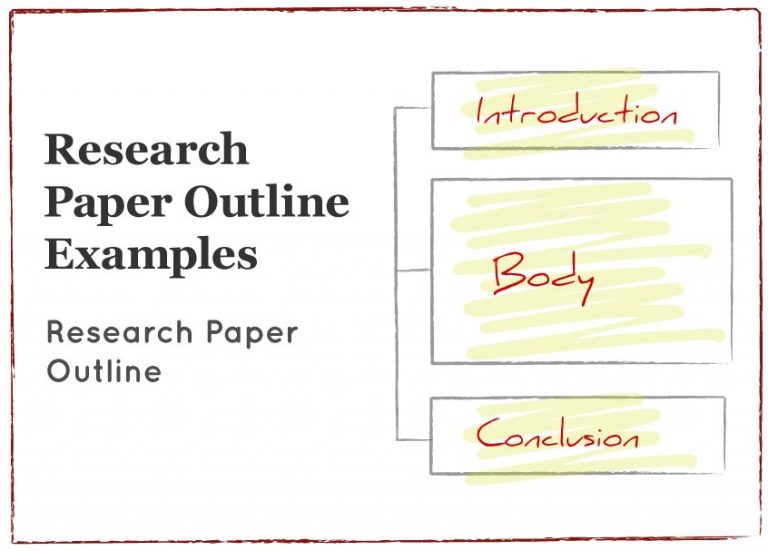Background Information-Definition, Guide, and Examples
Background information is any info that informs the decision-making process but isn’t necessarily needed for it to be made. In research, background information is provided to help users. Decision-makers or researchers use this information to understand the context of a situation and how it came about.
For example, when writing a paper, the author may provide background information on their topic. This helps inform readers of the study without launching directly into their opinion.
A Guide on How to Conduct a Background Study
A background study is the information search you conduct to get a better understanding of your topic. Background information on a particular subject is available from various sources, including books and journals. Other valuable resources are encyclopedias, dictionaries, newspapers, magazines, the internet, and other published reports.
However, it’s important to note that different types of information may be more beneficial for your specific project than others. The information you find during your background study will be helpful to some extent. However, understand that this information is not what you are researching.
The steps of conducting a background search are provided below:
- Identify specific sources to search
- Establish criteria for evaluating these sources
- Decide how to cross-reference information
- Decide how to manage records
- Keep time open for writing
Following these steps will help ensure your background research is thorough and complete.
Examples of Background Information
The following are some examples of background information:
Example 1
” Beer Excise Taxation in Columbia”
“In 1977, the District of Columbia passed a bill to reduce the excise tax for small brewers. The Brewers Association favored this law change to allow smaller brewers to remain competitive against larger brewers. “Beer Excise Taxation,” The Brewers Journal, 8 October 2013
In 2010, researchers successfully developed a new brand of soft drink that helps people lose weight. “Sugar-Free Soft Drink Helps People Lose Weight,” The Times Herald, 30 September 2010″
This background information can be referenced by researchers interested in learning more about the health benefits of low-calorie, sugar-free drinks.
Example 2
“Globalization Has Changed Consumer Behavior”
“While consumers all over the world have different preferences and priorities, globalization has changed how they make decisions. For instance, technological advancements have enabled people from different cultures to share ideas more easily.
In addition, the internet has allowed them to get information about new products or brands with a few clicks of a button.”
This background information can be used by companies looking to expand their customer base across borders.
Example 3
“The Benefits of Internet Marketplaces”
“An internet marketplace is a site where consumers can buy and sell goods. Consumers use marketplaces rather than traditional distribution channels, such as wholesalers or retailers, to save time and money.
Most major retailers have their marketplaces where they sell products online.
The benefits of internet marketplaces are as follows:
Infomation-sharing: Many marketplaces allow consumers and manufacturers to share information and ideas publicly.
New products: Manufacturers can launch new products and test them with consumers interested in learning more about them.”
This background information could be helpful for a consumer that is interested in buying goods online.
Example 4
“Privacy-Friendly Email”
“Recently, there has been an increase in public awareness of email privacy. A recent study found that 61% of Americans frequently delete their emails.
However, this is not a practical long-term solution, as users will eventually run out of storage space and need to sort through emails manually.
Privacy-Friendly email is a new type of email that allows users to delete messages after a specified period automatically.”
This background information could be helpful to someone interested in email storage issues.
Areas where Background information is Applicable
- Law and Regulations
- Economics and social sciences
- Marketing and Advertising
- Management and Organizational Behavior
- Accounting, financial management
- Information Systems
- Operations Management
- Geography
- Anthropology and Archaeology
- Demographics and Statistics
- Language and Literature
How do you Write Background Information?
You can conduct background research by gathering everything you can about your subject.
Here are some questions to think about when conducting background research:
- Who is the subject of your paper?
- What do you already know about them and their work?
- Where, when, and how did they work?
- Who else worked with them?
- What was going on around them at the time or leading up to their work?
- Why did they do the things they did?
- What are some related topics in their field?
- What events happened after the work they created?
- Who used their work, and how did it affect them or the people who used it?
The primary purpose of writing background information is to help inform your work. You can write this information in an initial draft or leave it to the end. There are some common ways to write background information, including:
Introduction
You can call it a prelude, where you introduce the reader to your topic and provide some context on it. A prelude is helpful before the reader continues to read. When writing the background information, an introduction should include:
- An explanation and a brief history of the subject
- The impact this subject has had in its field and society
- Why the author thinks the topic is important or interesting
An abstract
In an abstract, you state the main ideas of your paper and why they are important.
An outline
If your background information is lengthy, you can write an outline for it. An outline can help you decide what information to include in your background research.
A bibliography
A bibliography lists all the reference sources you consulted while conducting background research.
An appendix
An appendix is a compilation of information that supplements your research paper. It can include detailed charts, graphs, images, or tables that are relevant to your subject.
What are the Benefits of Background Knowledge in Research?
Background knowledge on a subject presents the following benefits to a researcher:
General overview
Before delving into a specific topic, a researcher can discover the general ideas and other related concepts. This gives them a better idea of how their paper should be organized.
Reframe research questions
A researcher can reframe their research question based on the background knowledge they found during their research. Reframing the study questions helps them develop a more relevant and exciting study.
Reframe the purpose of the study
As the researcher gains more knowledge about their subject, they can discover new ways to solve a problem or answer a question. For example, if a researcher is studying the effect of a drug on a group of lab mice, they can reframe their purpose to account for new information.
Increase the quality of the research
A researcher can select a more meaningful study if they have background information on their subject. This is because they understand what has already been done and can design their study accordingly.
Help you develop new research questions
Background knowledge provides a base for setting up a research question. A researcher can use the information they found to develop new questions to explore in their study.
Offer more relevant information
Through background research, a researcher can find relevant studies and experts in the field. These related studies will provide them with more useful information for their research.
Those who write about a topic often forget that the reader has not read what they have written or researched it.
You can write background information in an introduction, abstract, outline, bibliography, appendix, and so on.
There are four main characteristics of background knowledge:
- First, it should be well organized. The reader can find what they are looking for within the text through headings and subheadings.
- Second, it should follow the general structure of a research paper. The information should have an introduction, a body, and a conclusion.
- Another characteristic is that background information provides the reader with the necessary knowledge to understand your paper.
- Finally, background information should be tied to your research paper. It works with your thesis statement to give a better explanation of your research question.
Summary
Background knowledge on a subject presents a general overview where a researcher can discover the ideas and concepts related to a topic.
This knowledge gives researchers a better idea of how their papers should be organized and reframe research questions. It also helps them develop a more relevant and interesting study.
As the researcher gains more knowledge about their subject, they can discover new ways to solve a problem or answer questions.


I‘m a freelance content and SEO writer with a passion for finding the perfect combination of words to capture attention and express a message. I create catchy, SEO-friendly content for websites, blogs, articles, and social media. My experience spans many industries, including health and wellness, technology, education, business, and lifestyle. My clients appreciate my ability to craft compelling stories that engage their target audience, but also help to improve their website’s search engine rankings. I’m also an avid learner and stay up to date on the latest SEO trends. I enjoy exploring new places and reading up on the latest marketing and SEO strategies in my free time.







